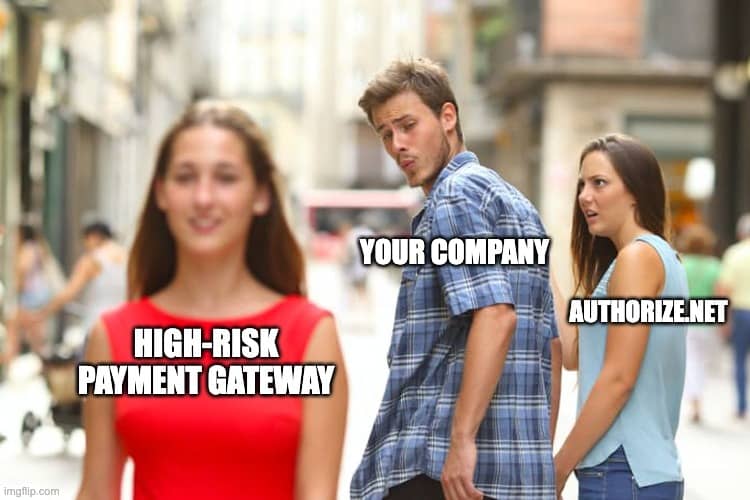Flat Rate vs. Interchange Plus Pricing

The term interchange plus is often used to describe a credit card processing program that charges a percentage markup on the actual interchange rate. The markup is usually between 0.7% and 1%. So if the processor sets their rates at 1%, they charge this amount plus 1% of the actual cost of processing a credit card transaction.
If you’re looking for a transparent way to process credit cards, then interchange plus pricing may be right. However, not all programs are created equal, and some essential things to consider before signing up with one provider over another.
In flat rate pricing, the processor charges a fixed percentage per transaction.
Flat rate pricing is the most common form of credit card processing. With a flat rate, the processor charges a fixed percentage per transaction. For example, if you have an average sale amount of $100 and your merchant account provider uses 2.9% plus 30¢ for interchange fees (flat rate), then you’ll pay 2.9% of $100 or $2.90 plus 30¢ per sale, which totals $103.10—or 2% + 30¢ per sale.
To calculate the flat-rate percentage for each credit card type (credit or debit), multiply your average sale amount by 0.0003 (3 basis points) and add 80 basis points to get your overall fee total.
Interchange plus pricing is also known as “cost +,” it’s the standard form of credit card processing, with actual interchange rates, which add a small markup.
Interchange is the fee paid to the credit card issuer by the merchant’s bank. Interchange rates are set by the major card brands and are subject to change at any time, although they usually don’t. Interchange plus adds a small markup to interchange, which makes it more expensive than flat rate pricing.
Flat rate pricing can be up to 6x that cost-plus pricing.
Flat rate pricing is a percentage of the transaction. The fee for this pricing model is a fixed percentage applied to each transaction, which means it does not vary based on card type or merchant category code (MCC). Flat rate pricing can be up to six times more expensive than cost-plus pricing.
With cost-plus pricing, the processor discloses the actual cost of processing.
Cost plus pricing is an excellent option for merchants who want to know the actual cost of their card processing. With interchange plus pricing, the processor discloses the actual cost of each brand and interchange. If you wanted to see how much Chase charges in comparison to Visa or Mastercard, this would be able to help you out. The problem with interchange plus pricing is that it doesn’t tell you what costs go into making those fees happen, and this can get confusing when comparing processors based on price alone.
With cost-plus pricing, the processor discloses:
- The actual cost of processing card transactions (including their fee)
- All costs associated with each card brand (i.e., Visa/Mastercard)
- All costs associated with processing a transaction, including merchant fees like interchange
It is essential to understand what each program offers.
One of the most important things for a merchant is what they are paying for and getting in return. If you have ever wondered whether you should use flat rate or interchange plus, it’s essential to understand what each program offers and how it will affect your bottom line.
If you’re unsure which processing program is best for your business, look no further. We’ve compiled all the information on interchange plus and flat rate processing below so that you can make an informed choice about which program works best for your business.
Proper interchange plus offers transparency that a flat rate never will.
The main reason interchange plus is superior to a flat rate is that it offers transparency to the merchant.
The flat rate never will.
A flat-rate model only allows for one transaction: debit card purchases. This means that merchants who use this fee structure are not charged anything for processing credit cards or bank drafts but still have to pay fees on their debit card transactions. Why? Because under a flat-rate model, it’s all about the swipe vs. enter (debit vs. credit) distinction when determining which fee you pay and where your money goes after processing that transaction—and if there’s no swipe involved in processing your sale, as with a purchase made by check or cash, then you don’t get charged anything at all.*
Conclusion
It’s essential to understand what each program offers. However, if you’re looking for a transparent pricing model with a low markup that considers your unique business needs, then interchange plus is likely the best option. The next step is figuring out which processor will be able to offer that type of pricing structure once you have been approved for credit card processing services by your merchant account provider.
Read Next

Find out whether Authorize.Net works for high risk merchants, what restrictions you might face and how to get approved.

Get expert advice on selling CBD products on Shopify, including compliance tips and setting up secure payment options.

Find out why Square may deactivate merchant accounts and steps to resolve issues and maintain uninterrupted payment services.
Need a High-Risk Merchant Account?
Disruption-free payment processing at the best price for your situation, guaranteed.
Get Free Guidance Now!